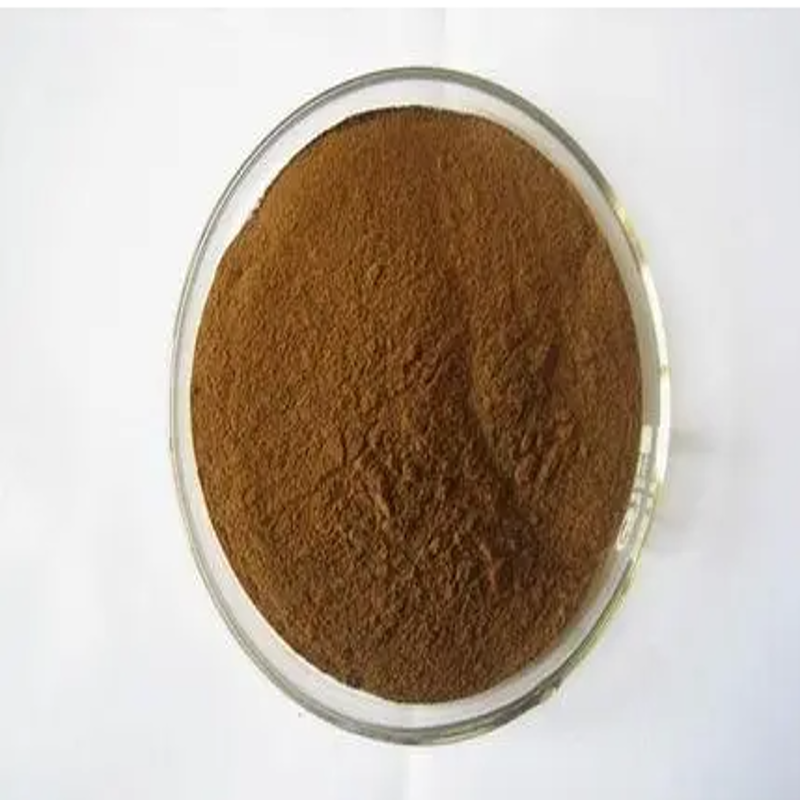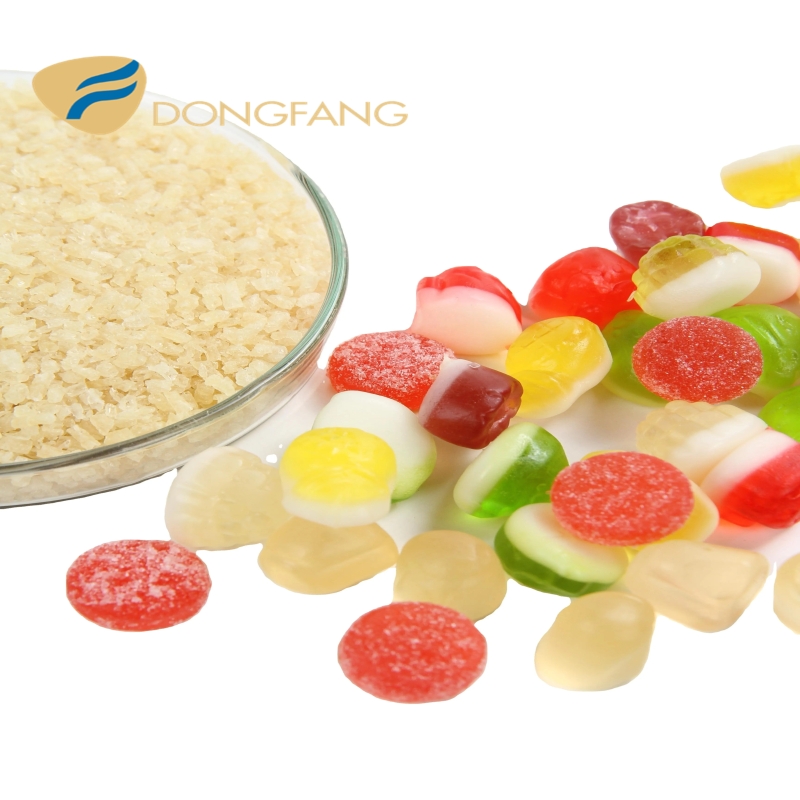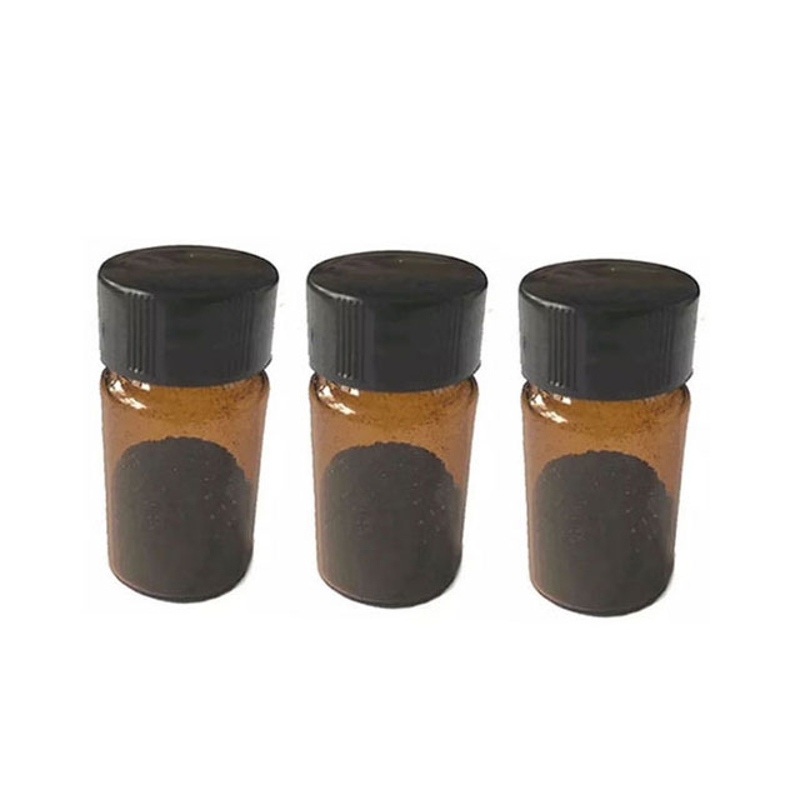-
Categories
-
Pharmaceutical Intermediates
-
Active Pharmaceutical Ingredients
-
Food Additives
- Industrial Coatings
- Agrochemicals
- Dyes and Pigments
- Surfactant
- Flavors and Fragrances
- Chemical Reagents
- Catalyst and Auxiliary
- Natural Products
- Inorganic Chemistry
-
Organic Chemistry
-
Biochemical Engineering
- Analytical Chemistry
- Cosmetic Ingredient
-
Pharmaceutical Intermediates
Promotion
ECHEMI Mall
Wholesale
Weekly Price
Exhibition
News
-
Trade Service
Original: Ruan Guangfeng
This May Day, have you been traveling? The full screen of delicious food in the circle of friends makes you dizzy, but if any friends go to a seaside city, please be sure to remind them: don't eat Haihong!
Recently, the Bureau of Oceans and Fisheries of Qinhuangdao City, Hebei Province issued an early warning notice on the consumption of Haihong.
The notice stated that the content of paralytic shellfish toxins in Haihong in the Yellow Sea and Bohai Sea has exceeded the safety limit by more than 2.
0 times
.
If eaten, it can easily cause poisoning
.
In recent years, the consumption of Haihong has caused frequent incidents of paralytic shellfish poisoning, and Hebei Province will issue such warnings every year
.
The notice stated that the content of paralytic shellfish toxins in Haihong in the Yellow Sea and Bohai Sea has exceeded the safety limit by more than 2.
0 times
.
If eaten, it can easily cause poisoning
.
In recent years, the consumption of Haihong has caused frequent incidents of paralytic shellfish poisoning, and Hebei Province will issue such warnings every year
.
You may not have heard of Haihong, but when it comes to its nicknames, mussels and mussels, you will not feel unfamiliar
.
How come Haihong has turned from a delicious seafood to a poison in the world at this time of year? Can you eat seafood at ease?
.
How come Haihong has turned from a delicious seafood to a poison in the world at this time of year? Can you eat seafood at ease?
1.
What is paralytic shellfish toxin?
What is paralytic shellfish toxin?
Paralytic shellfish poisoning (PSP) is a class of neuromuscular paralysis agents, which can block sodium ion channels in cells, cause transmission barriers in the nervous system and produce paralysis, thereby intoxicating people
.
.
This toxin is not toxic to shellfish, because this toxin is bound in the shellfish body
.
However, after people eat shellfish that contain toxins, the toxins will be released quickly and then become toxic
.
If poisoning occurs, the incubation period is only a few minutes or a few hours.
Symptoms of poisoning include paralysis of limbs and muscles, headache, nausea, salivation, fever, skin rash, etc.
, and severe cases can cause breathing to stop
.
This toxin is highly toxic, 80 times more toxic than cobra
.
.
However, after people eat shellfish that contain toxins, the toxins will be released quickly and then become toxic
.
If poisoning occurs, the incubation period is only a few minutes or a few hours.
Symptoms of poisoning include paralysis of limbs and muscles, headache, nausea, salivation, fever, skin rash, etc.
, and severe cases can cause breathing to stop
.
This toxin is highly toxic, 80 times more toxic than cobra
.
Although eating shellfish can cause poisoning, this toxin is not produced by shellfish, but by toxic algae in the ocean.
Then shellfish eat these toxic algae, and then enrich through the food chain, and then enter the shellfish.
It is formed in the body of animals such as species, and accumulates, amplifies, and transforms in its body
.
Then shellfish eat these toxic algae, and then enrich through the food chain, and then enter the shellfish.
It is formed in the body of animals such as species, and accumulates, amplifies, and transforms in its body
.
Paralytic shellfish toxins are composed of saxitoxin and its derivatives.
23 species of this toxin have been found, mainly from the toxic red tide dinoflagellate in seawater, mainly Alexandrium algae, in addition to many dinoflagellates, blue-green algae and bacteria and algae symbiosis and so on
.
23 species of this toxin have been found, mainly from the toxic red tide dinoflagellate in seawater, mainly Alexandrium algae, in addition to many dinoflagellates, blue-green algae and bacteria and algae symbiosis and so on
.
2.
Which aquatic products have this toxin?
Which aquatic products have this toxin?
People usually accidentally eat shellfish (such as mussels, oysters, scallops, etc.
) contaminated with paralytic shellfish toxins and cause poisoning
.
According to statistics, there are about 2,000 poisoning incidents caused by paralytic shellfish toxins worldwide each year, with a mortality rate of 15%
.
Paralytic shellfish toxin is one of the most common toxins in China's marine red tide toxins, accounting for about 87% of the poisoning incidents caused by algal toxins
.
) contaminated with paralytic shellfish toxins and cause poisoning
.
According to statistics, there are about 2,000 poisoning incidents caused by paralytic shellfish toxins worldwide each year, with a mortality rate of 15%
.
Paralytic shellfish toxin is one of the most common toxins in China's marine red tide toxins, accounting for about 87% of the poisoning incidents caused by algal toxins
.
Paralytic shellfish poisoning is usually caused by eating bivalve molluscs containing this toxin.
These shellfish ingest a large number of toxic dinoflagellate in plankton through filter feeding
.
Common mussels, clams, oysters, scallops, scallops, etc.
may cause PSP poisoning
.
The main cause of the poisoning was Haihong, which is what we often call mussels
.
These shellfish ingest a large number of toxic dinoflagellate in plankton through filter feeding
.
Common mussels, clams, oysters, scallops, scallops, etc.
may cause PSP poisoning
.
The main cause of the poisoning was Haihong, which is what we often call mussels
.
3.
How toxic is it?
How toxic is it?
Among all marine food shellfish poisoning incidents, paralytic shellfish toxin is recognized as the toxin with the most widespread distribution, the highest frequency and the most serious harm to public health in the world
.
.
This toxin is not afraid of heat, and is easily absorbed by the gastrointestinal tract, and is difficult to be destroyed by human digestive enzymes.
Conventional processing methods such as heating and microwave reduce the moisture content and increase the concentration of toxins, which brings more to consumers.
Potential hazards
.
Moreover, there is no effective detoxification method in modern medicine, and the consequences of poisoning are often serious.
It mainly depends on the patient's own detoxification and detoxification functions to decompose and remove poisons
.
Conventional processing methods such as heating and microwave reduce the moisture content and increase the concentration of toxins, which brings more to consumers.
Potential hazards
.
Moreover, there is no effective detoxification method in modern medicine, and the consequences of poisoning are often serious.
It mainly depends on the patient's own detoxification and detoxification functions to decompose and remove poisons
.
4.
How to control?
How to control?
Many countries around the world and related international organizations have strictly managed and controlled shellfish aquatic products, and formulated PSP limit standards for corresponding shellfish aquatic products and their products
.
.
Most countries in China and internationally use STX as the detection index for PSP in shellfish products
.
The World Health Organization (WHO) stipulates that the PSP limit of 100g of edible part of shellfish is 80μg STX eq/100g
.
The current control level in most countries is 80μg STX eq/100g
.
However, in order to improve the edible safety of shellfish products, the European Union and other international organizations have proposed to further lower the maximum limit of edible shellfish PSP
.
.
The World Health Organization (WHO) stipulates that the PSP limit of 100g of edible part of shellfish is 80μg STX eq/100g
.
The current control level in most countries is 80μg STX eq/100g
.
However, in order to improve the edible safety of shellfish products, the European Union and other international organizations have proposed to further lower the maximum limit of edible shellfish PSP
.
Generally speaking, as long as it is regular seafood, you can still eat it with confidence
.
.
5.
How to prevent poisoning?
How to prevent poisoning?
(1) Avoid eating shellfish and aquatic products during the peak of toxin outbreak
.
.
The main route of paralytic toxin poisoning is seawater pollution to form red tides.
Red tides contain a large number of dinoflagellate organisms, which are food for shellfish, which leads to poisoning
.
Therefore, paralytic shellfish poisoning mostly occurs during the high temperature season from April to October.
This period is the red tide period.
Therefore, it is recommended that you try not to eat or eat less shellfish during this period
.
Red tides contain a large number of dinoflagellate organisms, which are food for shellfish, which leads to poisoning
.
Therefore, paralytic shellfish poisoning mostly occurs during the high temperature season from April to October.
This period is the red tide period.
Therefore, it is recommended that you try not to eat or eat less shellfish during this period
.
(2) Buy aquatic products through formal channels
.
.
If you want to eat, try to eat in a formal restaurant; try to buy it in a large, formal supermarket or market instead of buying the so-called freshly caught and wild aquatic products
.
.







